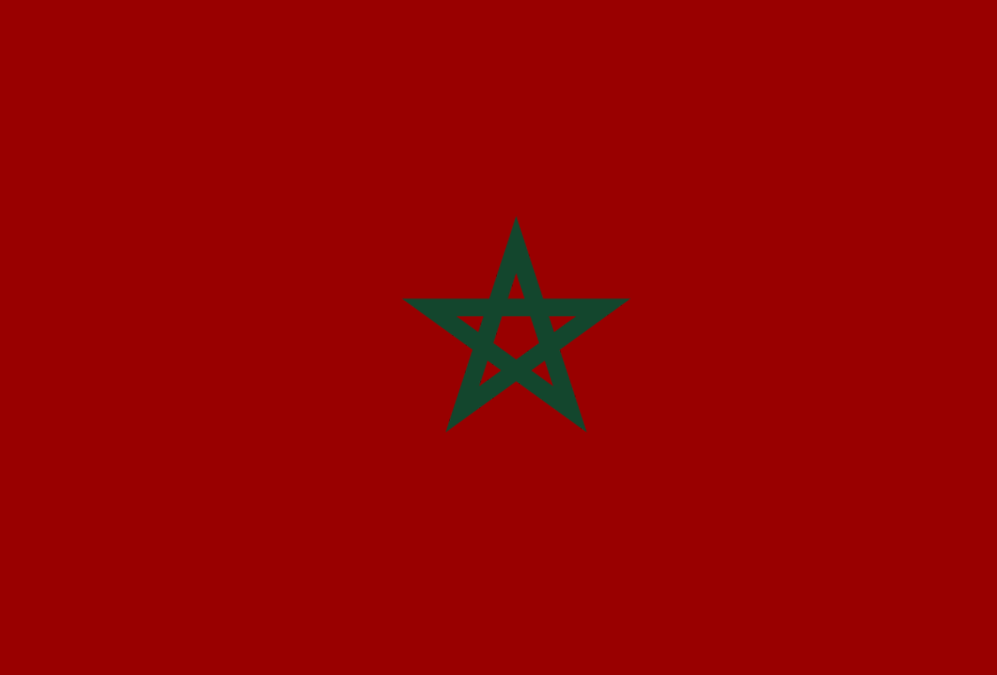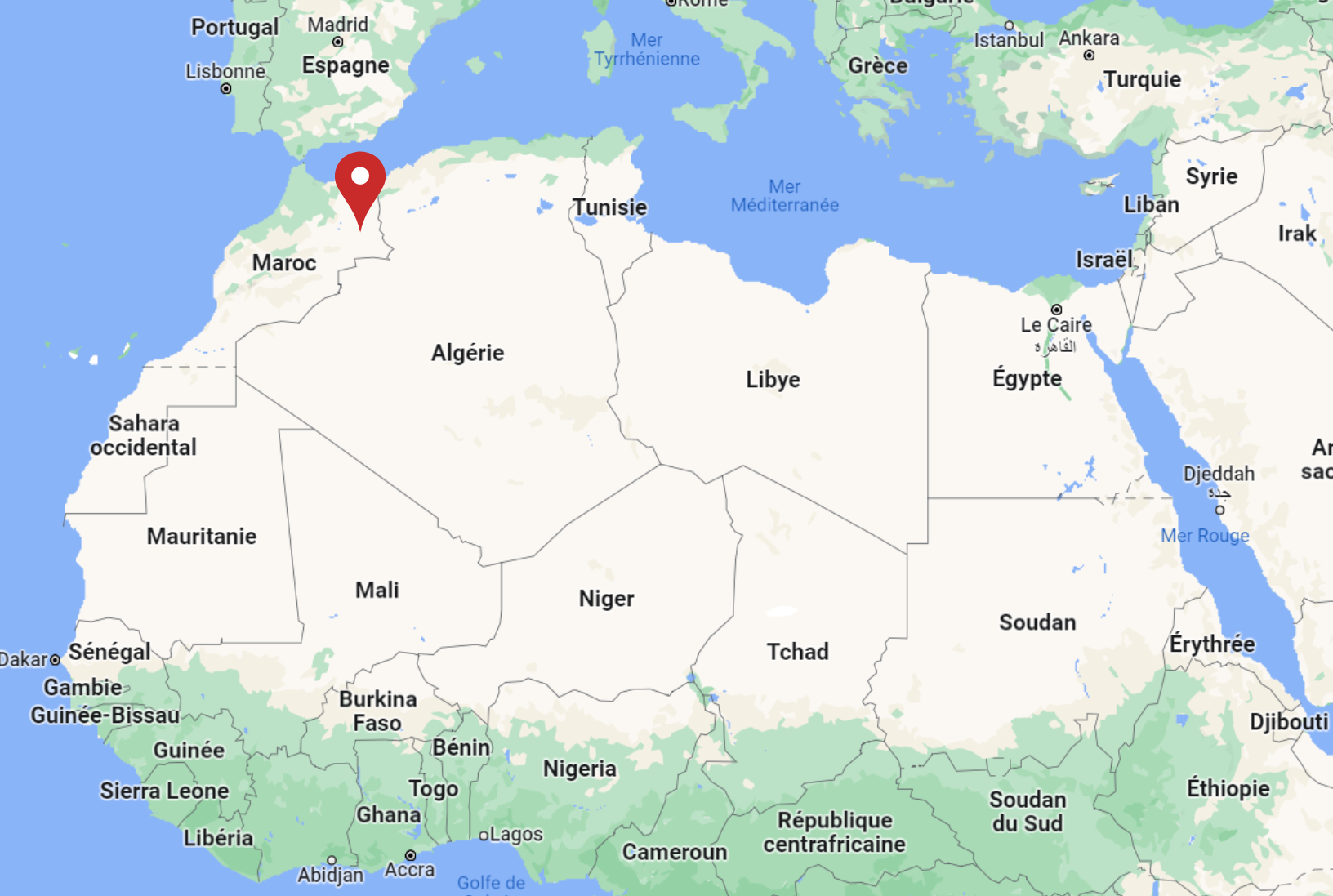Morocco is located in the extreme northwest of Africa, bordering Algeria, Mauritania and Spain. Bordered by both the Pacific Ocean and the Mediterranean Sea, the country offers a rich diversity of landscapes, mixing mountainous regions, desert areas and vast coastlines, all spread over nearly 500,000 km2 (excluding Western Sahara).
A former colony under the Franco-Spanish protectorate, Morocco gained independence in 1956 and ranks 123rd (out of 191 countries) on the UN Human Development Index, far behind other Maghreb countries such as Algeria (91st) and Libya (104th). Its score of 0.683 places it among the “medium development countries” according to the UN, despite a GDP of 132 billion dollars.
The fifth largest economy in Africa, Morocco has long been restricted to an agricultural and craft economy. However, globalization has opened up the country to certain industrial sectors, including a strong exploitation of vast mining deposits (particularly phosphate), as well as considerable exports of manufactured goods and certain agricultural products.
Nevertheless, wealth remains very unevenly distributed;about 15% of the population lives below the poverty line, while the three richest Moroccans alone held $4.5 billion in 2018, or 44 billion dirhams (Oxfam). Literacy is also a major challenge, especially for rural women, although the situation is steadily improving: the overall literacy rate rose from 52.3% in 2004 to 64.1% in 2019.
Morocco is one of the most tourist-friendly countries in Africa and has reached a record 13 million visitors in 2019. But travelers struggle to venture outside of flagship destinations such as Marrakech or Agadir, and mass tourism remains predominant and remote from most rural areas. Sustainable tourism today represents a major opportunity for the development of local economies in these off-the-beaten-path territories.

